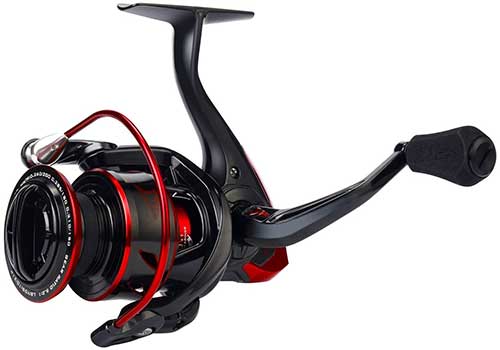Before you can go fishing, you need to put line on your reel. This process is called spooling. It may seem daunting at first, but with a little practice, you’ll be spooling like a pro in no time. In this blog post, we’ll walk you through the process of spooling line onto your fishing reel step by step. We’ll also give you some tips on how to avoid common mistakes. So whether you’re new to fishing or just need a refresher, read on for everything you need to know about spooling line onto your reel.
What is line fishing reel?
A line fishing reel is a type of fishing reel that uses a line to catch fish. The line is wound around a spool on the reel, and when the fish takes the bait, the line is released and the fish is pulled in. There are many different types of line fishing reels, and they can be used for different types of fishing.
The Different types of line fishing reel
There are many different types of fishing reel on the market, and it can be difficult to know which one is right for you. Here is a quick guide to the different types of line fishing reel so that you can make an informed decision next time you go fishing.
Spinning Reel: A spinning reel is the most common type of fishing reel and is ideal for novice anglers. The line is wound around a fixed spool and comes off the top when you cast.
Baitcasting Reel: A baitcasting reel is more advanced than a spinning reel and is better suited for experienced anglers. The line is wound around a revolving spool and comes off the bottom when you cast. This type of reel is more difficult to use but provides greater control over your line.
Fly Reel: A fly reel is designed specifically for fly fishing and has a large arbor that helps store your line. The line comes off the top or bottom depending on the model, and this type of reel provides great drag capabilities.
Pros and Cons of line fishing reel
There are a few different types of fishing reels, and each has its own set of pros and cons. Here, we’ll take a look at the line fishing reel, discussing some of the key advantages and disadvantages of this type of reel.
One of the biggest advantages of the line fishing reel is that it’s relatively inexpensive. This makes it a great option for those who are just starting out in fishing, or for those who don’t want to spend a lot of money on their equipment. Another advantage is that line fishing reels are very easy to use, even for beginners. They’re also quite versatile, able to be used for a variety of different types of fish.
On the downside, line fishing reels can be prone to tangling, which can be frustrating for fisherman. They also don’t have the same drag power as some other types of reels, meaning they may not be ideal for larger fish.
How to put a line fishing reel?
In order to put line on a fishing reel, you will need the following supplies:
- Fishing line
- Scissors
- A friend (optional)
- Start by cutting off a length of fishing line that is about twice the length of your rod.
- If you are using a friend to help you, have them hold one end of the line while you hold the other end.
- If you are doing this by yourself, find something to tie the end of the line around, such as a doorknob or a chair.
- Once you have one end of the line secured, begin winding it around the spool of your reel in a clockwise direction.
- Continue winding until the entire length of line is on the reel, then cut off any excess with your scissors.
- Your reel is now ready to use!
Alternatives to the line fishing reel
If you’re looking for an alternative to the line fishing reel, consider using a spincast reel. Spincast reels are easy to use and don’t require much experience to operate. They’re also less likely to tangles lines and are more affordable than other types of fishing reels.
Conclusion
Setting up a line fishing reel is a simple process that anyone can do. Just follow the steps outlined in this article and you’ll be good to go. With a little practice, you’ll be able to put line on your reel like a pro in no time.


